Opportunities for Vietnamese rice
Statistics from Vietnam Customs show that in the first 5 months of 2025, the total import-export turnover between Vietnam and Japan reached more than 20.24 billion USD, an increase of 8.94% over the same period in 2024. Of which, exports of goods from Vietnam to Japan reached 10.52 billion USD, an increase of 10.69% over the same period in 2025; Vietnam's imports from Japan reached more than 9.68 billion USD, an increase of 7.09% over the same period in 2024. In the first 5 months of the year, Vietnam's trade surplus with Japan was 886.08 million USD.
The main Vietnamese exports to Japan are: Textiles, means of transport and spare parts, phones of all kinds and components, footwear, seafood, coffee, vegetables, cashew nuts... On the contrary, imports: Computers, electronic products and components; machinery, equipment, tools, fabrics of all kinds...
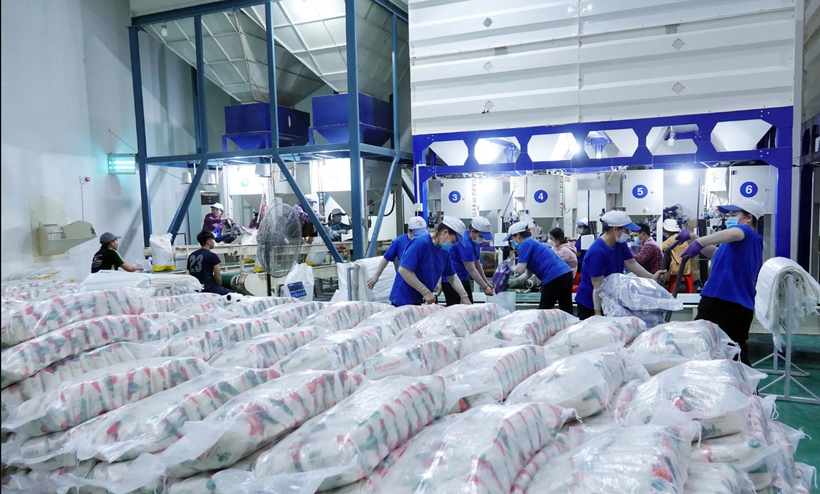
Assessing the market potential for Vietnamese export goods to Japan, sharing with reporters of Industry and Trade Newspaper, Mr. Ta Duc Minh - Commercial Counselor, Vietnam Trade Office in Japan It is believed that, along with electronics, textiles, seafood... rice is also a potential product to boost exports to Japan.
Mr. Minh said that the Japanese rice market is currently experiencing many fluctuations. Rice prices are constantly increasing, sometimes exceeding 4,200 Yen/5 kg, nearly double the same period last year. The high price of rice in Japan is an opportunity for Vietnamese rice.
“Vietnamese rice has not been widely available in the Japanese market in the past due to regulations on rice bidding and challenges from rice trade in Japan. In addition, the import tax on rice in Japan is very high (341 Yen/kg).
But recently, rice prices in Japan have increased, so there is an opportunity for Vietnamese rice to be imported outside the quota. With the outside quota, even if they pay a tax of 341 Yen/kg plus costs, importing enterprises still have a good selling price in the market. - Mr. Minh shared.
Providing more information about Vietnam's rice market share in Japan, Counselor Ta Duc Minh said that in 2023, Japan imported about 250 tons of rice from Vietnam, accounting for a market share of about 0.05%. In 2024, Vietnam exported about 2,500 tons of rice to Japan - this is an impressive number, equivalent to about 0.7% of the market share of Japan's total rice imports.
Currently, the Japanese market is favoring Vietnam's ST25 rice - a product that has received the award for the best rice in the world . In addition, due to consumer habits, Japanese people like to use Japonica rice and Vietnam can also grow it. Recently, many Japanese businesses are interested in brown rice, fragrant rice... due to the demand of Vietnamese people in Japan.
To conquer the Japanese market, Vietnamese rice needs to comply with quarantine regulations, food hygiene and safety regulations, standards on growing areas, standards on pesticide residues, flow of agricultural chemicals, gloss and moisture of rice, whole grain rice or broken rice... and most recently, Vietnamese rice needs to meet additional standards on growing using low-emission methods.
Competitive advantages for Vietnamese rice in Japan
Sharing about the opportunity for Vietnamese rice to enter the Japanese market, Mr. Minh said that Japanese rice sold on the market is divided into two prices for old rice and new rice. The price of old rice may decrease, but the price of new rice does not decrease. Meanwhile, Vietnamese rice exported to Japan is all new rice, so the selling price in Japan is equal to the price of new rice.
Not to mention, currently, the Vietnamese community living in Japan has reached 600,000 people and the majority of them use rice produced in Vietnam. In addition, the price of Vietnamese rice produced domestically in Vietnam is more attractive than many markets in the world. Along with that, Vietnamese rice can be produced 3 crops a year, helping to increase output, attractive prices, and easy to compete.

Along with price advantages, Counselor Ta Duc Minh said that the tariff incentives in CPTPP Agreement RCEP, of which Vietnam and Japan are both members, has been bringing clearer tariff benefits compared to markets that do not have FTAs with Japan.
However, opportunities always come with challenges. Vietnam still lacks large growing areas to produce a stable amount of rice; there are no large enough rice storage warehouses, and transportation logistics are limited. In addition, Vietnam has not yet effectively controlled pesticide residues, etc.
To increase the amount of rice exported to Japan, it is necessary to improve production capacity and apply technology in preserving and processing rice grains. “Japanese scientists and businesses want to cooperate with Vietnam to apply Japanese technology to the process of growing and producing rice in Vietnam. Applying technology will contribute to increasing the value of rice grains, and the selling price will also be higher.” - Mr. Minh shared.
In addition, to penetrate the Japanese market, not only quality, Vietnamese enterprises and manufacturers need to focus on building brands, packaging... to attract Japanese consumers. The Japanese market prefers products with small volumes, so it is necessary to divide products into smaller quantities to suit Japanese consumption habits.
In branding, businesses and manufacturers need to associate products with stories, which can be the message that the subject wants to convey the core value to customers.
“ A normal commodity product will be multiplied in value many times if we know how to incorporate stories related to the production process into them. These can be stories about typical cultural values or unique features about the origin, special uses of the product, the formation process and the business's operating motto.” - Counselor Ta Duc Minh recommended.
Thus, with advantages in quality, price and incentives from trade agreements, Vietnamese rice There is a great opportunity to expand its market share in the Japanese market. However, Vietnam needs to focus on improving its production capacity, processing technology, branding and product value story to meet the strict requirements of this market.
Source: https://baoquangninh.vn/gia-gao-tai-nhat-ban-tang-co-hoi-cho-hang-viet-3365948.html




![[Photo] Da Nang residents "hunt for photos" of big waves at the mouth of the Han River](https://vphoto.vietnam.vn/thumb/1200x675/vietnam/resource/IMAGE/2025/10/21/1761043632309_ndo_br_11-jpg.webp)
![[Photo] Prime Minister Pham Minh Chinh meets with Speaker of the Hungarian National Assembly Kover Laszlo](https://vphoto.vietnam.vn/thumb/1200x675/vietnam/resource/IMAGE/2025/10/20/1760970413415_dsc-8111-jpg.webp)
![[Photo] Prime Minister Pham Minh Chinh received Mr. Yamamoto Ichita, Governor of Gunma Province (Japan)](https://vphoto.vietnam.vn/thumb/1200x675/vietnam/resource/IMAGE/2025/10/21/1761032833411_dsc-8867-jpg.webp)

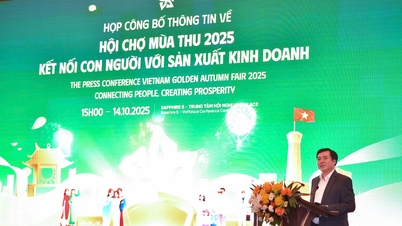


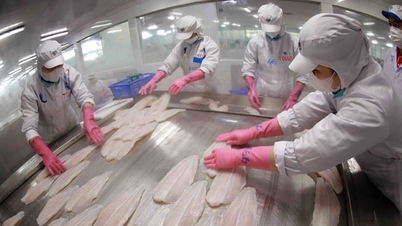


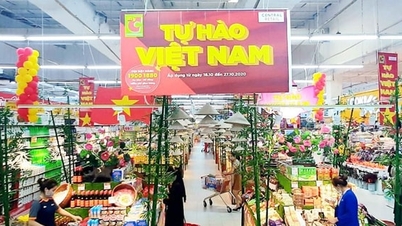





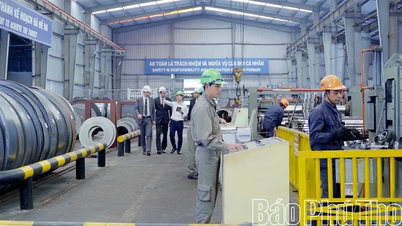





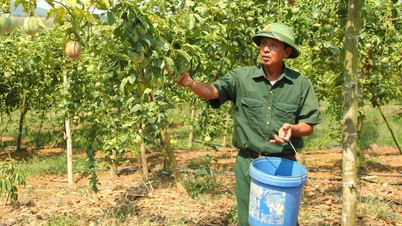







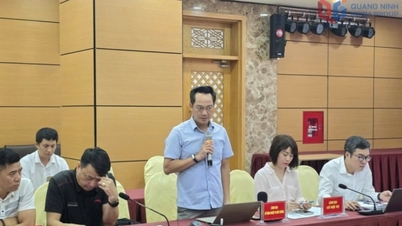
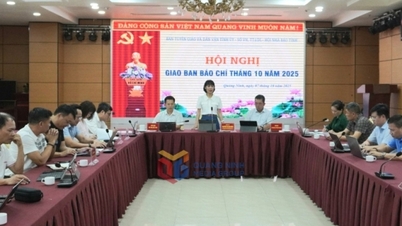



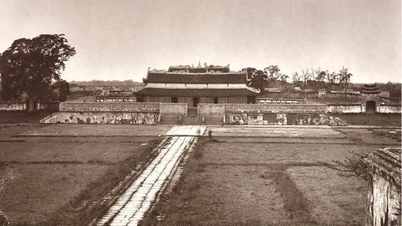



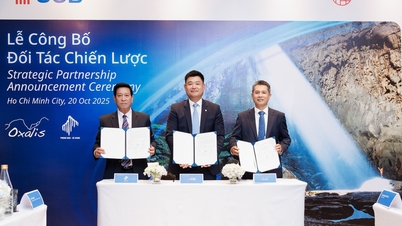









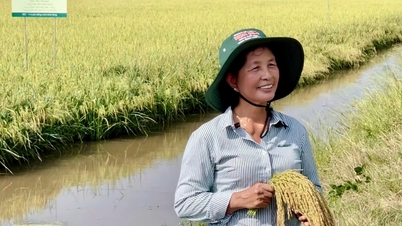

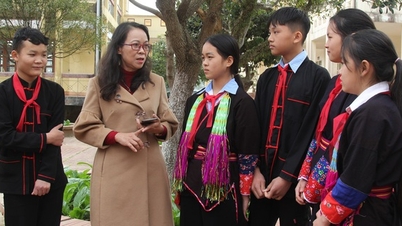



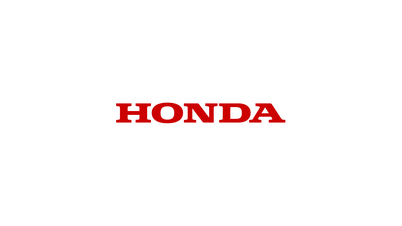

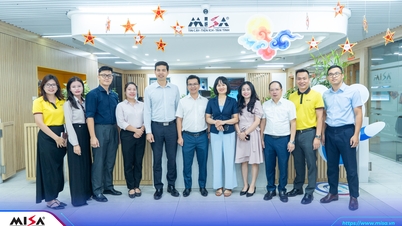

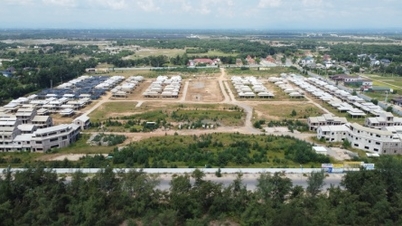






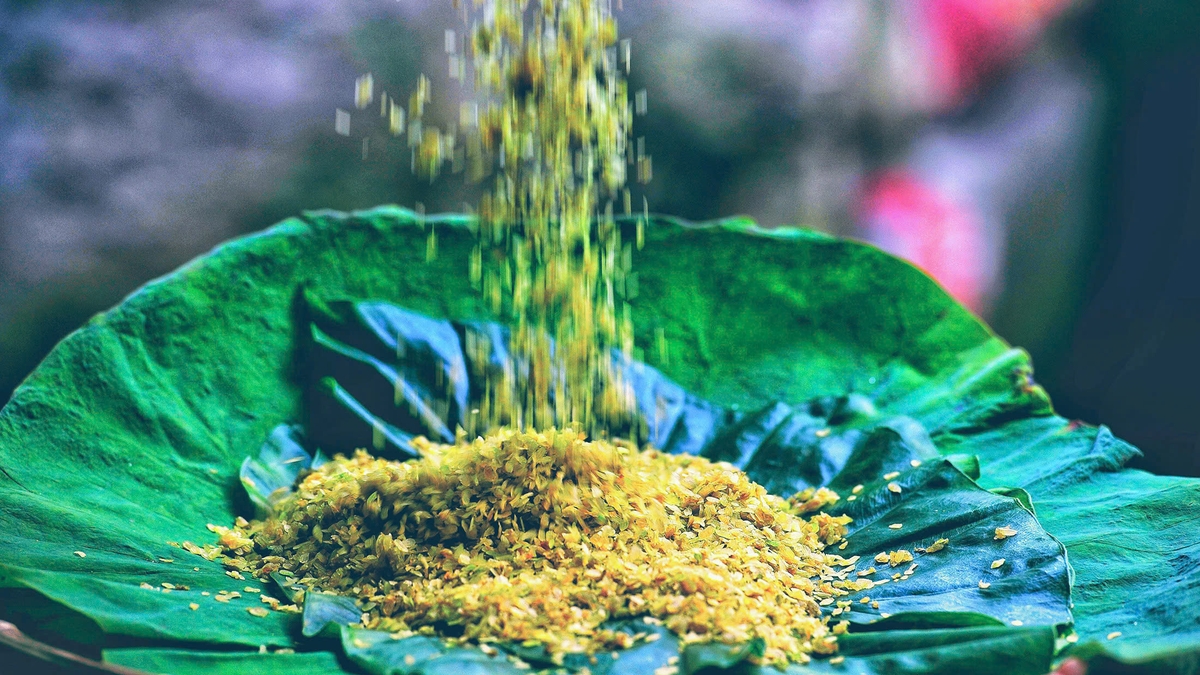





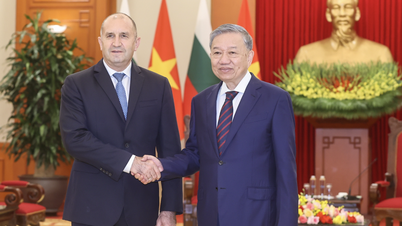













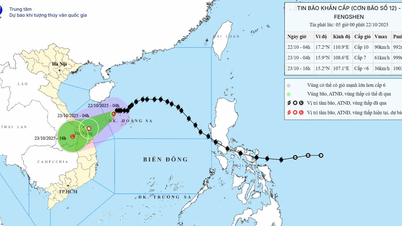



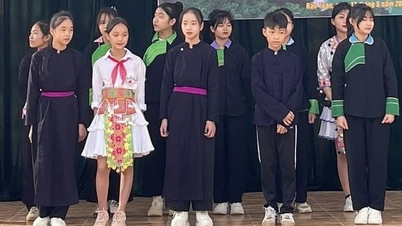







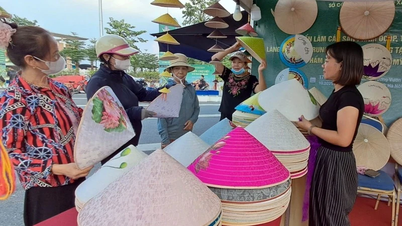
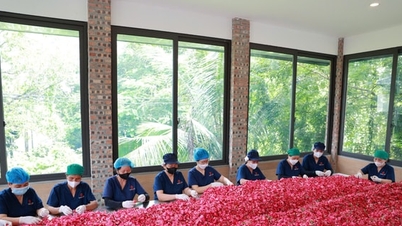





Comment (0)